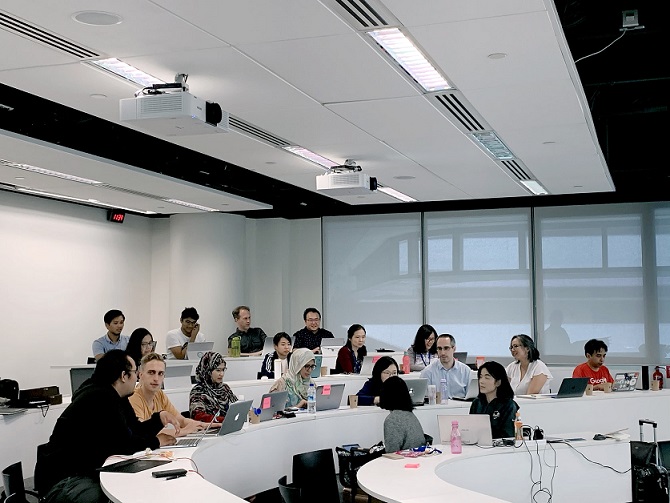It might be impossible to find a modern classroom today that would not be full of technology of some sort that aims to make learning easier and more accessible to those generations that grew up with computers and smartphones. Still, as remote learning has captured all schools and colleges due to the Covid-19 pandemic, it also became evident that Edtech in the classroom is not easy for all students.
It is supposed to work well as we learn about new educational solutions, yet there are obvious pros and cons to every application or platform if it is approached wrongly or no examples are being provided.

Contents
5 Tips On How To Take Advantage Of EdTech In The Classroom
1. Master Existing Learning Management Systems
The trick here is to master what you already have. Be it BlackBoard, Slack, Socrative, or the famous Google Classroom, you should learn how it works and become a power user just like with your favorite video games, software, or mobile apps.
Do not be afraid of becoming a technology innovator by trying out new things in the classroom by integrating other apps and letting students suggest things as they explore. Learn to cooperate with the teachers if you are a student and you will find even the most complex classroom technology way more enjoyable!
2. Allow The Students To Participate More
This can be easily achieved by turning to surveys, interactive projects, teamwork, and even small tasks that will help school and college learners shape their curriculum. It is especially important with virtual classrooms as it helps establish better responsibility skills and allows students to manage their time correctly.
Canvas and Blackboard also have user management privileges features, which can be used to let students stay in control as they also track their progress. Do not forget about Zoom to let your class just talk to each other and discuss what they would like to add or change as they learn. It will help to relieve the stress and will see that technology can be friendly!
3. Implementation Of Virtual Classroom Solutions
These can range from VR sets used by engineering students to the Quizlet app for presentations. The choice is always yours, yet make sure that you teach your students about the benefits of using the technology in question. Of course, it would require the creation of a learning outline and some writing examples.
If you are a student wishing to come up with a nice proposal, consider additional academic help by looking through essay writing service ranking. It will help you with any writing task in terms of structure, grammar, argumentation, and formatting. Take your time to explore and be the classroom innovator as you know how to explain your ideas!
4. Socio-Emotional Learning Strategies
Remember that any technology will look dull and lifeless if there is no emotional connection involved. Take your time to provide examples and actually show why something is beneficial for your classroom. Be the one to lead and stay patient if there is some misunderstanding or lack of response. Ask questions, let students assist you. If you are a student, take the lead as well!
5. The Benefits Of Team Projects & Social Media
Do not forget about team projects, mutual interaction, and the use of social media for blogging and external research purposes. It will help you implement EdTech solutions in practice (think grammar checking or pocket dictionaries!). Learn to combine what you have with the practical objectives in the academic curriculum!
6. Classic VS Modern Education
This question is often brought up among educators and students alike, yet there is no right or wrong in this equation because every educational technology that is used in the classroom with all its innovations is always based upon old classic methods of teaching.
It always includes the rules that must be followed and strict academic standards that are only approached differently to help students learn in an environment that fits them. Just think about Google Classroom, which is based around social networking online where modern students share information and interact with the teacher regardless of whether it is a virtual or a physical presence classroom.

